Longus capitis muscle
Introduction
Longus capitis muscle is a deep anterior neck muscle that drives in front of the cervical spine. Together with rectus capitis anterior muscle, rectus capitis lateralis muscle, longus cervicis muscle, and anterior scalene muscle, it produces the prevertebral layer of neck muscles. These muscles are also wrapped up in the prevertebral layer of the cervical fascia.
Bilateral contraction of the longus capitis muscle flexes both the head and neck, while the unilateral contraction induces the ipsilateral head rotation.
Longus capitis is the considerable superficial muscle of the prevertebral muscle group. Its superior aspect lies in front of the rectus capitis anterior muscle, while the inferior portion slightly covers the longus cervicis muscle. The retropharyngeal lymph nodes are located on the lateral boundary of the longus capitis muscle. The anterior vertebral vein and the adjoining ascending cervical artery, pass through the interval between the attachments of the scalenus anterior muscle and also the longus capitis muscle.
Together with the other prevertebral muscles, the cervical spine is wrapped in a tubular sheath made of the prevertebral layer of cervical fascia that extends from the base of the skull to the body of the third thoracic vertebrae.
Origin of Longus capitis muscle
Longus capitis muscle is a long flat muscle of the anterior neck. It drives up the length of the cervical spine, adjacent to the vertebral bodies. Longus capitis muscle arises from its inferior part, as four small muscle straps that run from the anterior tubercles of transverse processes of the third, fourth, fifth, and also sixth cervical vertebrae. From these straps, the muscle fibers run superomedially, congregating into a single broad muscle belly.
Insertion
The longus capitis muscle inserts into the basilar portion of the occipital bone which is the wedge-like portion of the occipital bone that lies anterior to the foramen magnum. At their insertion at the basiocciput, the longus capitis muscles fibbed adjacent to one another alongside the pharyngeal tubercles.
Nerve supply
The longus capitis muscles are innervated by the anterior rami of the spinal nerves C1-C3 and occasionally C4, which are the branches of the cervical plexus.
Blood supply
Longus capitis muscle is supplied from the muscular branches of the ascending cervical artery and the inferior thyroid artery. Venous blood is drained by the vertebral vein which appears in the suboccipital triangle from numerous muscle branches from the internal vertebral venous plexuses.
Function of Longus capitis muscle
Performing synergistically with the other prevertebral muscles and sternocleidomastoid muscle, the longus capitis muscle functions as a weak flexor of the head and cervical spine. The prevertebral muscles are the most essential antagonists of the extensors of the head (e.g. trapezius muscle and levator scapulae muscle), thus having an important role in the stabilization of the cervical spine. When the head is in an extended position, longus capital flexion action obtains the head back into a neutral position.
Clinical significance
The longus capitis muscle actions to flex the head. Recent research has established that patients with neck pain, particularly from whiplash trauma, exhibit impaired function of the deep neck flexors (longus colli and longus capitus). The impaired muscle function contains weakness, fatigue, and abnormal activation patterns, and results in greater activation of larger superficial muscles such as the SCM to compensate.
The longus capitis is an important muscle because it assists in the elongation of the neck, prevents upper and middle cervical hyperextension, and prevents forward translation of the atlas as well as backward translation of the occiput bone on the atlas. It is often inhibited due to inappropriate posture, such as hyperextension of the neck. This muscle should never be considered when treating atlantooccipital or cervical dysfunction.
Exercise of Longus capitis muscle
Exercises: Anterior stabilization lying head lift and rotation
Lie flat on your back and place your fingers just under the jaw until you feel the front neck muscles. Gently tuck in your chin and slightly lift your head around 1cm off the floor. Then slightly rotate your neck an occasional centimeter to each side slowly.

The right-side longus capitis muscle is stretched by extending and left laterally flexing the head and neck at the spinal joints.
Assemble exercise plans for your patients.
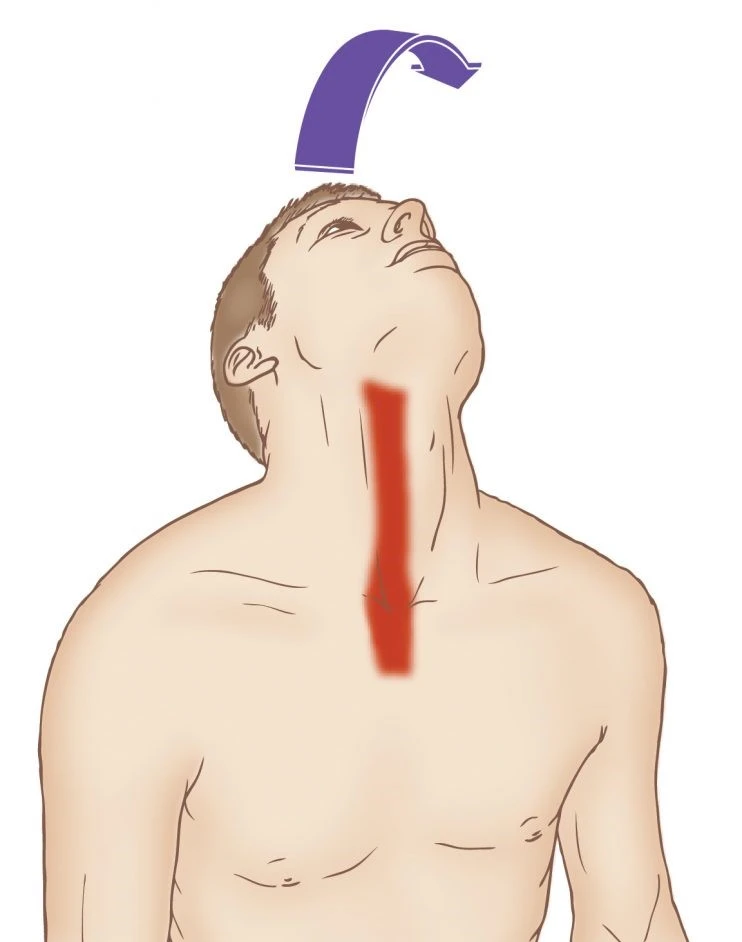
FAQ
What type of muscle is longus capitis?
Prevertebral muscle. The longus capitis muscle is a prevertebral muscle of the neck that is innervated by the muscular supply of the cervical plexus. In isolation, longus capitis functions to lateral flex and rotate the head.
Can you palpate longus capitis?
To palpate them, first, see the medial border of the sternocleidomastoid and then drop immediately medial to it. Before endeavoring to access the longus musculature, first, feel for the pulse of the carotid artery.
What is the origin of longus capitis?
Longus capitis muscle originates from its inferior portion, as four smallish muscle straps that run from the anterior tubercles of transverse processes of the third, fourth, fifth, and sixth cervical vertebrae. From these straps, the muscle fibers run superomedially, congregating into a single broad muscle belly.
What does the longus capitis do?
The longus capitis muscle functions to flexion of the head and is innervated by branches of the anterior primary divisions of C1 to C3.
How do you release longus capitis?
Lie flat on your back and place your fingers negligibly under the jaw until you feel the front neck muscles. Gently tuck in your chin and slightly raise your head about 1cm off the floor. Then slightly rotate your neck an occasional centimeters to each side slowly.

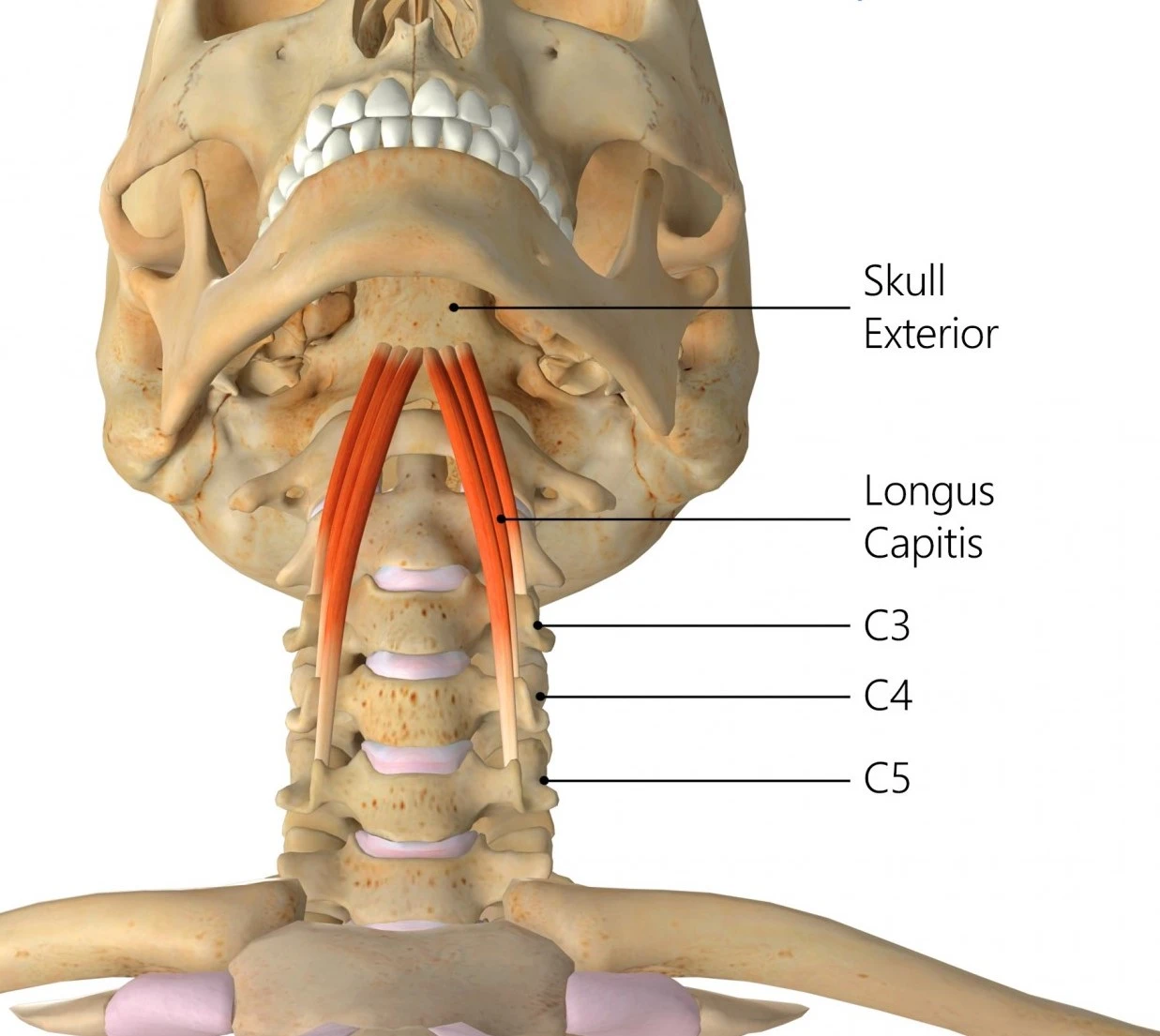
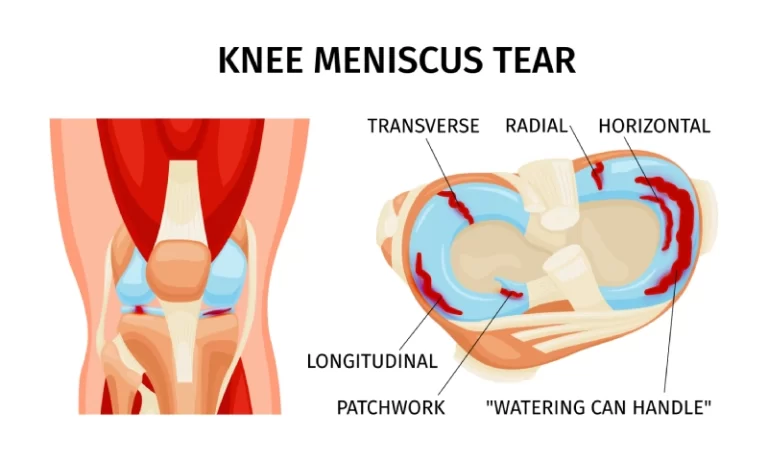


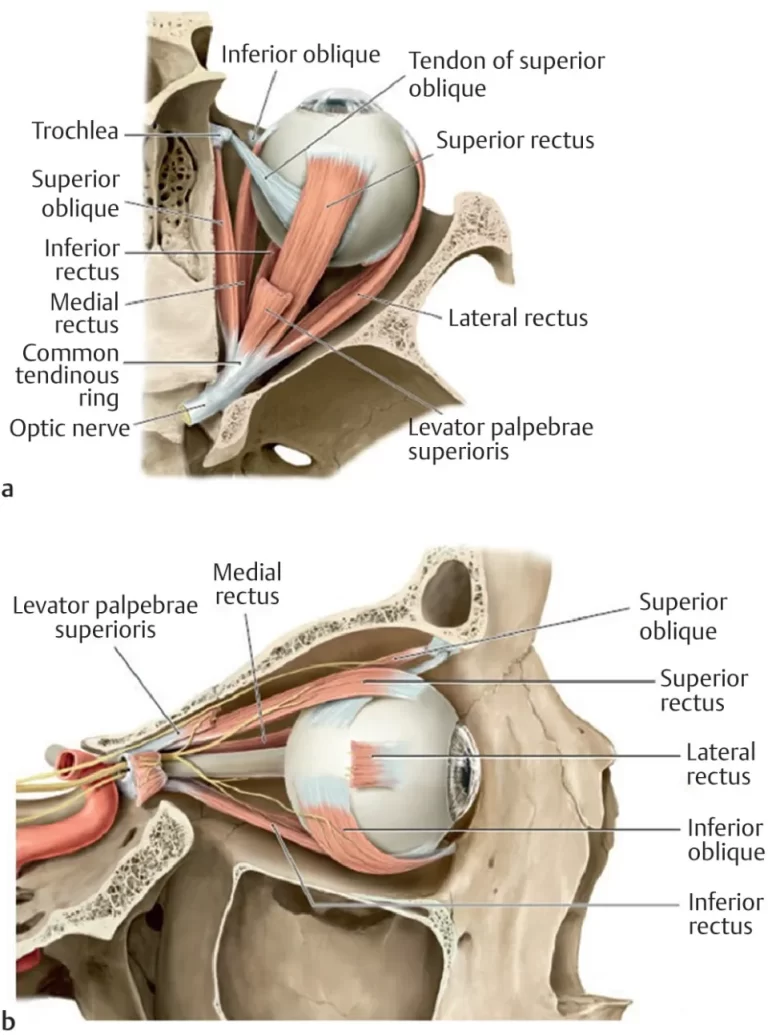
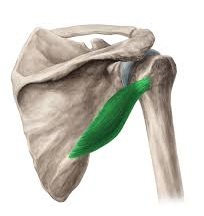

2 Comments